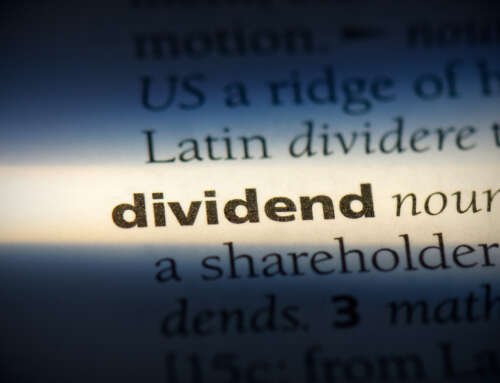Tax Rate Arbitrage
One of my favorite new categories of special situations is “tax rate” arbitrage.
Here’s an example. Let’s assume company XYZ is trading at $10 and will be paying a special dividend of $6.
- Buy XYZ for $10 and you must hold for 61 days (including date of div) for div to be qualified (15% tax rate).
- Receive a $6 dividend. Tax on the dividends will be 15% or $0.90.
- Sell RemainCo once it drops from $10 to $4.
- Capture the short-term capital loss of $6. The tax credit will be 35% or $2.10.
Total After-Tax Return: 11.2%
11.2% = (5.10 + 2.10 + 4) / 10
What is even cooler is when RemainCo looks undervalued. This brings me to my case study: ECN Capital. In August ’21 a Google alert notified me that ECN Capital would be paying a special dividend once it’s completed the sale of a major division. Expected timing: December ’21.
It looked really interesting. At the time of the division sale announcement (August ‘21) ECN was trading at $10.65. So RemainCo (net of $7.50 div) was trading at $3.15. Management had issued RemainCo EPS guidance of 0.25-0.30 so it was trading at a PE of 11x. This seemed like a very cheap multiple for the remaining specialty finance business which was growing rapidly.
Credit Suisse valued RemainCo at $5.50 which seemed fair. So I added ECN to my watch list and continued to follow it.
In November ’21 after management had confirmed multiple times that the transaction remained on track to close in December, I bought the stock. In December ’21, the sale closed and ECN paid out its 7.50 div. Post the dividend, ECN opened at $5.31 (pretty close to Credit Suisse’s estimate of fair value). I had to wait 61 days to sell to retain qualified status on my dividend, but on February 1, I sold at $5.33 for a 19.4% after tax return in 61 days.
19.4% = ($2.86 (after-tax div) + 4.14 (return of capital) + 5.33 (sale price) + 0.39 (ST tax loss credit) ) / 10.65 (purchase price)
The calculation is a little complicated because 45% of div was considered a return of capital and 55% was considered a special dividend)
There are some caveats:
- Strategy only works for US investors (although there could be a similar strategy in other countries!)
- To take advantage of this trade you need to have ST gains (however, losses can be retained to offset gains in future years)
- I’m not a tax advisor
One final comment: Before I put on this trade, I shared it with my premium subscribers (that’s my policy).
Want access to similar special situation ideas before they turn into case studies?





Leave A Comment